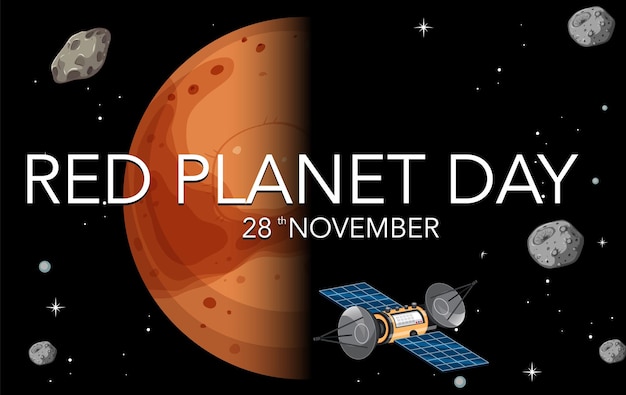

The moon is Earth’s only natural satellite.
The moon is about 4.5 billion years old.
The moon is about one-fourth the size of Earth.
The moon is not a perfect sphere; it’s slightly elongated.
The moon is approximately 238,900 miles away from Earth.
The moon’s gravity is about one-sixth that of Earth’s.
The moon has no atmosphere, which means there is no weather.
The temperature on the moon can vary from -280°F to 260°F.
The moon has been visited by 12 astronauts during the Apollo missions.
The moon takes about 27.3 days to orbit Earth completely.
The moon’s surface is covered in craters from impact with meteoroids.
The moon has no light of its own; it reflects the Sun’s light.
The moon appears to change shape in the sky due to its phases.
The darkest areas of the moon are called maria, which means seas in Latin.
The moon is the second brightest object in the sky after the Sun.
The moon acts as a stabilizer for Earth’s tilt, preventing extreme climate changes.
The moon’s gravitational force creates ocean tides on Earth.
The moon’s oldest surfaces are about 4.5 billion years old, similar to Earth’s.
The Apollo 11 mission was the first manned moon landing in 1969.
The moon has only been explored by humans during the Apollo missions.
The moon is tidally locked with Earth, meaning it always shows the same face.
The moon’s surface is covered in fine dust called regolith.
The moon is slowly moving away from Earth at a rate of about 1.5 inches per year.
The moon’s topography includes mountains, valleys, and impact craters.
The moon has a lower gravity, making it easier to jump higher and move objects.
The moon’s surface reflects radar signals, enabling scientists to map its terrain.
The first photograph of Earth from the moon was taken by the Apollo 8 mission in 1968.
The moon experiences two weeks of daylight followed by two weeks of darkness.
The moon has no magnetic field, unlike Earth.
The moon has been a source of inspiration for countless poems, songs, and artwork.
The moon’s gravity affects the length and duration of our days on Earth.
The moon’s gravitational force causes an apparent wobble in Earth’s rotation.
The moon’s gravity is strong enough to hold asteroids in temporary orbit.
The moon has a higher concentration of certain elements such as helium-3.
The moon’s color ranges from white to gray due to its composition.
The moon’s brightness can be affected by atmospheric conditions on Earth.
The moon’s surface features are named after scientists, astronomers, and explorers.
The moon’s thin atmosphere contains traces of neon, hydrogen, and helium.
The moon’s surface is pockmarked with small craters called secondary craters.
The moon’s distance from Earth is increasing due to tidal acceleration.
The moon’s gravity affects the orbits of spacecraft, requiring careful trajectory planning.
The moon’s phases were crucial for early civilizations to develop calendars.
The moon appears larger when it is closer to the horizon due to an optical illusion.
The moon has been a subject of scientific study since ancient times.
The moon’s gravitational pull influences the migration patterns of birds and animals.
Around the world, coffee enthusiasts enjoy Monin coffee concentrate since it is a multipurpose product. Conveniently combining…
The Importance of Choosing the Right Shower for Your Bathroom Renovating your bathroom can be…
Usain Bolt holds the record for the fastest 100-meter sprint in history.Bolt was named Sportsman…
Love is in the air... and it smells suspiciously like chocolate!Roses are red, violets are…
Life's a beach, take a picture and relax.Sun, sand, and salty kisses. That's what beach…
Hungary is home to the largest thermal water cave system in the world.The Rubik's Cube…